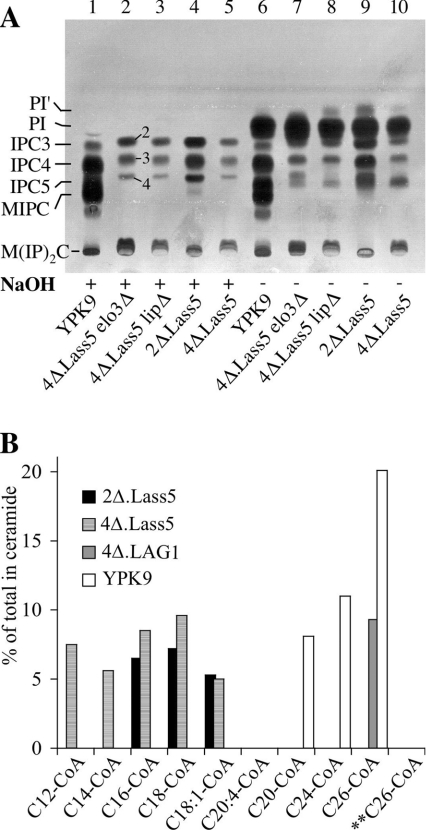Figure 3. 4Δ.Lass5 make abnormal IPCs and use C16– and C18–CoA for ceramide synthesis.
(A) The indicated strains were labelled with [3H]inositol, washed, and lipids (plus intracellular free [3H]inositol) were extracted. Aliquots of extract corresponding to 106 c.p.m. (counts per min) were treated with NaOH (lanes 1–5) or control incubated (lanes 6–10) and desalted lipids were separated by TLC in solvent system 2. IPC2, IPC3, IPC4 and IPC5 and numbers 2, 3 and 4 next to lane 2 designate types of IPC, which contain a total number of 2 to 5 hydroxy groups in their ceramide moiety. The numbers next to lane 2 are rendered likely by HPLC–ESI-MS/MS results (Figure 4 and supplementary Figure S1). (B) Microsomes of 4Δ.Lass5 were radiolabelled for 2 h with [3H]DHS in the presence of the indicated acyl-CoAs (0.1 mM) or free fatty acids (0.1 mM) for control. The radiolabelled lipids were extracted, analysed by TLC using solvent system 1 and quantitated by radioscanning. Counts present in ceramide were given as the percentage of total counts present in the lane. No ceramides were made when microsomes were incubated with free fatty acids (results not shown). ** Tubes containing boiled microsomes were used as a further control.

